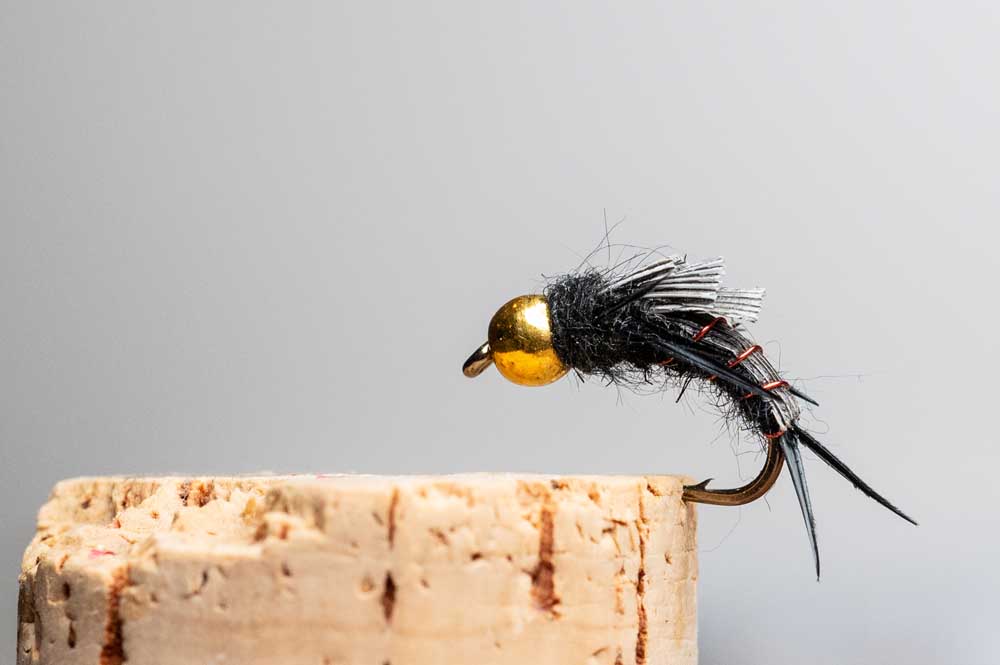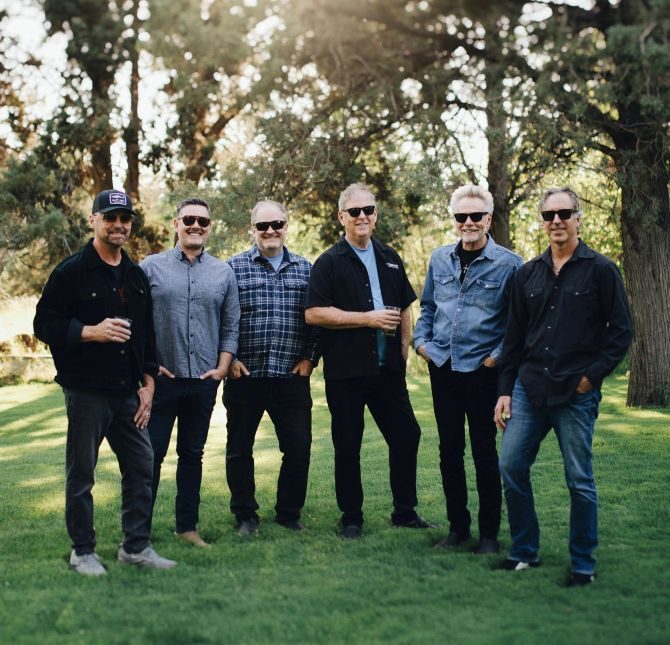Tent camps and canines clog deer migration corridors in Central Oregon
Published 9:00 am Wednesday, January 3, 2024

- North Fork Special, courtesy Fin & Fire.
James Hayes, a senior trooper for the Oregon State Police, turned onto China Hat Road and then off the pavement into a homeless encampment.
“It happens to be where the mule deer want to go. It’s the last little migration route out of the city,” Hayes said.
A dog stood up outside one of the trailers and cocked his head at us.
“This area here is crucial winter range. As you can see, it’s lined with RVs and dogs,” Hayes added. “A lot of these camps have pit bulls for protection and they chase the deer and kill them.”
China Hat Road, when I moved to Central Oregon, was a graveled gateway into the desert on the south end of Bend. Back in the mid-90s, the road turned to gravel about a half-mile from the Knott Road intersection.
In the not-too-distant past mule deer herds wintered in the mixed stands of Ponderosa pine, juniper and bitterbrush. It was not uncommon to see 100 mule deer any afternoon in January.
Hayes and I pulled into the first encampment at 11:30 a.m. All was quiet. The illegal campers tend to stay up all night and sleep through most of the day. Hayes ran the plate on a Dodge Dakota. “Says this is a Jeep Grand Cherokee.” Various cars, many of them small commuter rigs, were in various stages of being stripped down for parts. Another pickup was being repainted. Hayes speculated it had been used in a crime and now was due for a facelift.
After legalization of possession of most every previously illegal drug, including methamphetamines, the camps sprung up in and around every major city in Oregon. And when the campers are pushed outside city limits, they fill in the Forest Service and BLM lands, which just happens to be crucial deer habitat. And the deer are the big losers.
We circled around to the backside of the first encampment, a collection of trailers and built-on additions made from pallets, old doors, tarps and branches. Sometimes Hayes would point out one camp or another. “This guy is a registered sex offender,” he said, pointing at a teepee-style tarp structure.
A couple of pit bulls stood up to greet us at one trailer and Hayes rolled down the window and spoke kindly to the dog. “How you doing, girl?” The owner stepped out and called to his dogs. He waved. After exchanging pleasantries, the fellow said he had moved from Iowa, by way of La Pine. “I moved here for cleaner air and water,” he said. “And got on the OHP.”
When Hayes asked about deer, he said, “I seen a real majestic looking four-point yesterday and my dog Astrid took off after it for about an hour.”
Hayes asked if the fellow had heard any shooting lately.
“I do hear shooting in the general direction of coyotes when they get too noisy.”
Driving away, Hayes noted there were deer parts in almost every camp.
“And if you look around, you sometimes see deer heads up in the branches of the trees.”
While the residents were not very happy to see us in the gray pickup with the star on the side, their dogs were usually welcoming. Hayes sometimes brings them a little something to eat.
One lady who Hayes said was hooked on fentanyl had dressed her pit bulls up in sweaters. They were not a real friendly pair of pit bulls and Hayes had pepper spray concealed in his hand in case they attacked.
A lot of the dogs in the camps fend for themselves, they pull down deer and ambush golden-mantled ground squirrels; but I did see a couple of empty dog food bags in the garbage piles. So someone is feeding their dogs. One fellow tried to sell us a puppy.
If you go out and buy a puppy on China Hat, make sure it gets its shots.
“Parvo rips through these camps,” Hayes said. “And it spreads into the dogs in town.”
The trash that piles up attracts bears too.
“A lot of the campers complain about the bears,” Hayes said. “The bears won’t go into hibernation if they have trash to eat. Then they go into the residential areas and get shot.”
After touring the camps along both sides of Highway 97 between Bend and La Pine, it was easier to connect the dots.
The camps extend north to Redmond. They are found all the way down through Chemult to Beaver Marsh and Chiloquin.
The mule deer migration is studied in terms of winter and summer locations. We tend to think of migration routes, but the data reveals fan-shaped dispersal as the deer take their own paths.
Mule deer tend to summer from the top of the Cascades, out into the desert toward Wagontire Mountain, south into the Fort Rock region and Sprague and Silver Lake. Highway 97 runs right through the summer range. These deer travel from 40 to 120 miles from summer range to winter ground. Deer that summer near Tam McArthur Rim might head north into the Metolius Unit. South of Bend, many deer move east into the Paulina Unit.
South of LaPine, deer move southeasterly from the Cascades all the way to Silver Lake.
The illegal forest encampments exist in the edge habitat that keeps deer alive on their migrations.
One trailer we passed had a sign: “Enter at your own risk. Beware of human. I will catch you and you will die.” Someone should tell that to the mule deer doe and her fawns that try to get from one side of the highway to the other and are more likely to end up in a stew pot than in a stand of bitterbrush.
Fly-tying corner
The North Fork Special is a good bet to imitate the smaller stoneflies found in many western rivers. Stonefly nymphs are most likely to be found around and under the rocks in swift-moving water. Anglers who keep track of such things look for a hatch from mid-March to late July, but stonefly nymphs are in the river year-round.
Fish the North Fork Special under an indicator and consider pairing it with a smaller mayfly nymph. Heavy, this fly seeks the bottom fast, and stays in the zone for trout looking to pick up an easy meal.
Tie this pattern on a No. 10 scud hook. Slide a 5/32-inch brass bead up against the eye. For the tail, tie in two black goose biots. Tie in a turkey tail wingcase at the tail. Craft the body with black nymph dubbing and rib with red copper wire over the wingcase. Tie in three levels of turkey tail over the thorax. Tie in three biots for legs on each side. Finish with a dubbed head behind the bead.








